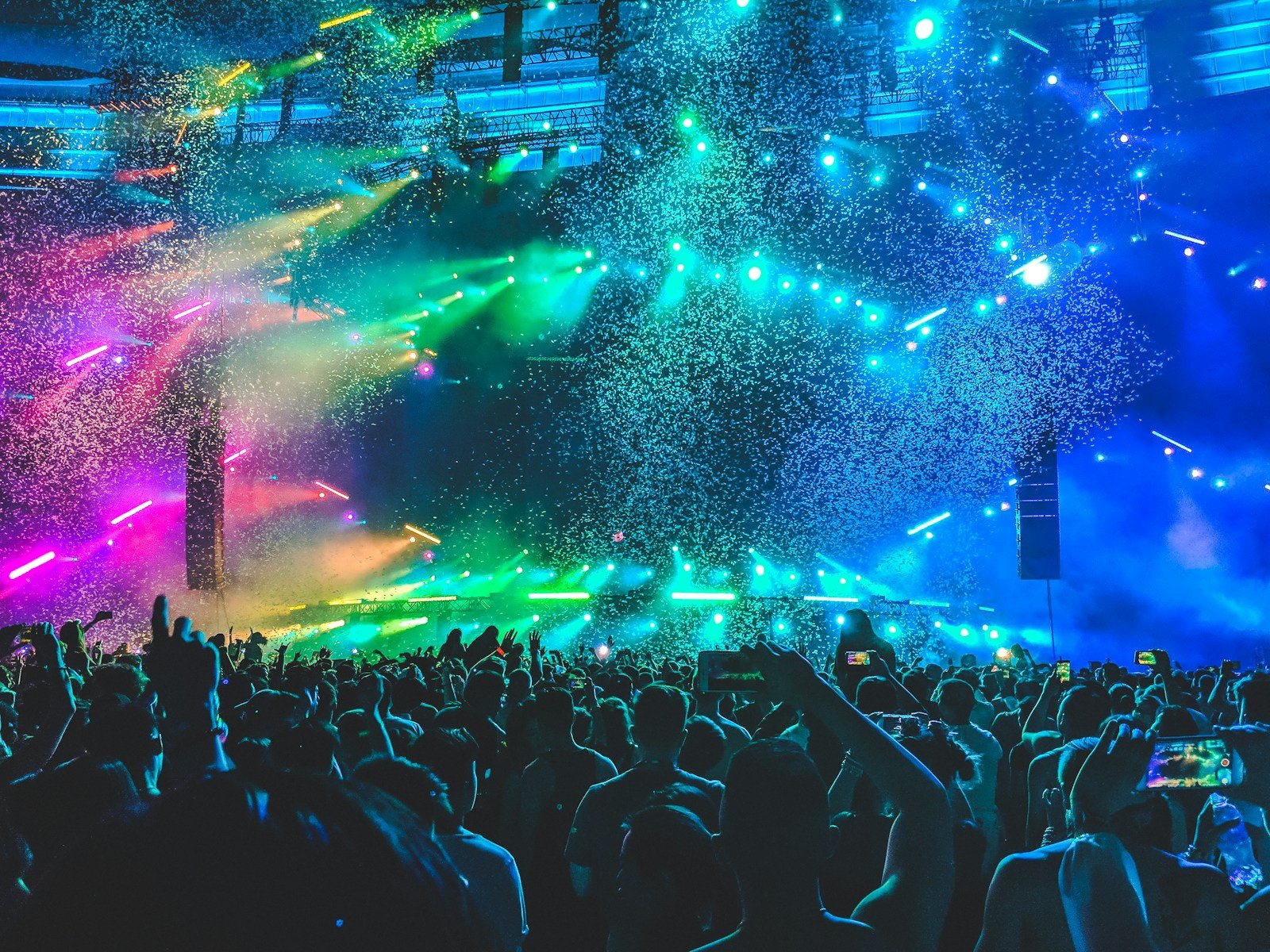“Show sequencing” typically refers to the process of arranging or organizing elements within a live performance or event in a specific order to create a cohesive and engaging experience for the audience. This term is commonly used in the context of theatrical productions, concerts, theme park shows, and other forms of live entertainment.
Key aspects of show sequencing include:
- Flow of Events: Show sequencing involves determining the sequence of events, scenes, or segments within the performance. This includes deciding when to introduce specific acts, scenes, musical numbers, dialogue, special effects, or visual elements to maintain the audience’s interest and momentum throughout the show.
- Pacing and Timing: Show sequencing also involves managing the pacing and timing of the performance to ensure smooth transitions between different segments and maintain the audience’s engagement. This may involve controlling the tempo of musical pieces, adjusting the duration of scenes, and coordinating the timing of lighting, sound effects, and other technical elements.
- Narrative or Theme: In narrative-based performances, such as theater productions or storytelling events, show sequencing is essential for advancing the storyline or theme in a logical and compelling manner. It involves structuring the plot, character development, and thematic elements to create a cohesive narrative arc that resonates with the audience.
- Emotional Dynamics: Effective show sequencing considers the emotional dynamics of the performance, including moments of tension, drama, humor, excitement, and resolution. It involves strategically building and releasing tension throughout the show to evoke emotional responses from the audience and create memorable experiences.
- Technical Considerations: Show sequencing also involves coordinating technical elements such as lighting cues, sound effects, video projections, set changes, and costume transitions to ensure they align seamlessly with the overall flow of the performance.
- Audience Experience: Ultimately, show sequencing is about crafting a memorable and immersive experience for the audience. It involves anticipating the audience’s reactions, maintaining their engagement from start to finish, and leaving a lasting impression that resonates beyond the conclusion of the show.
In summary, show sequencing is a strategic and creative process that involves orchestrating the elements of a live performance or event in a coherent and impactful manner to captivate, entertain, and inspire the audience. It requires careful planning, attention to detail, and collaboration among directors, performers, designers, technicians, and other stakeholders involved in the production.

